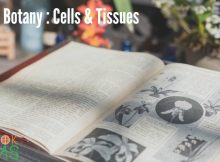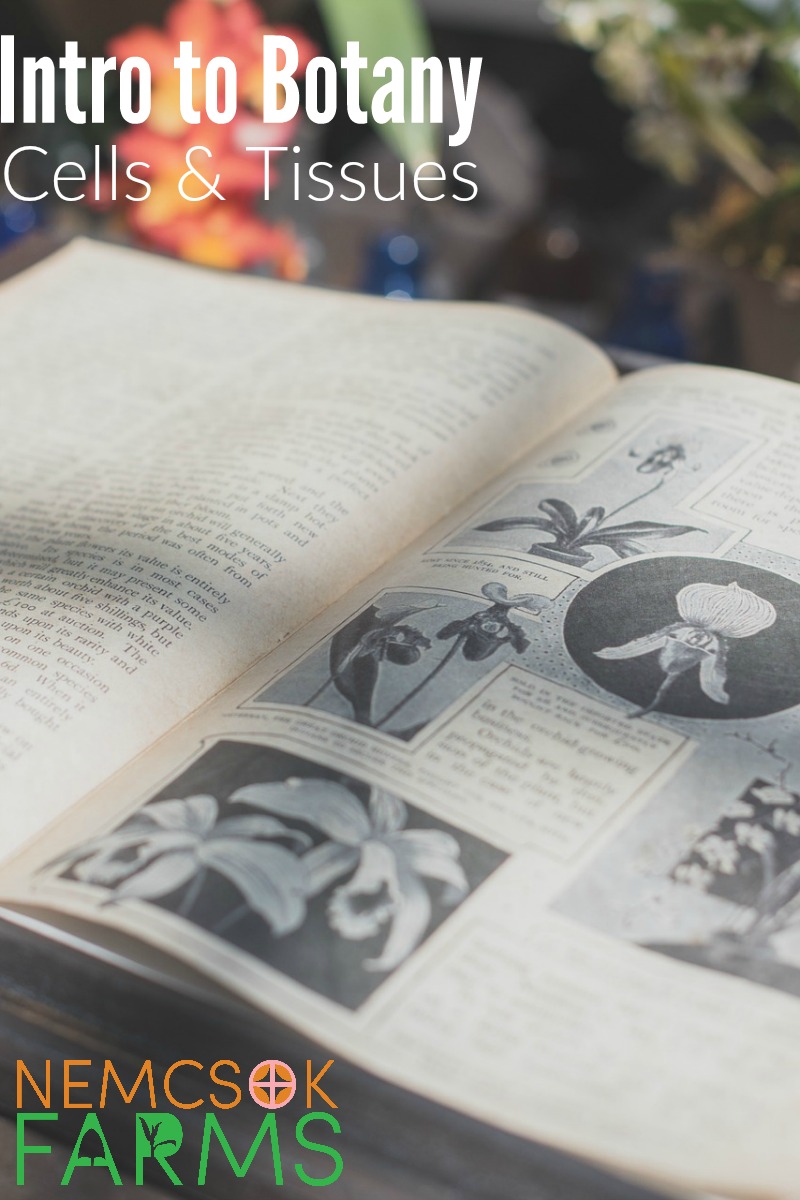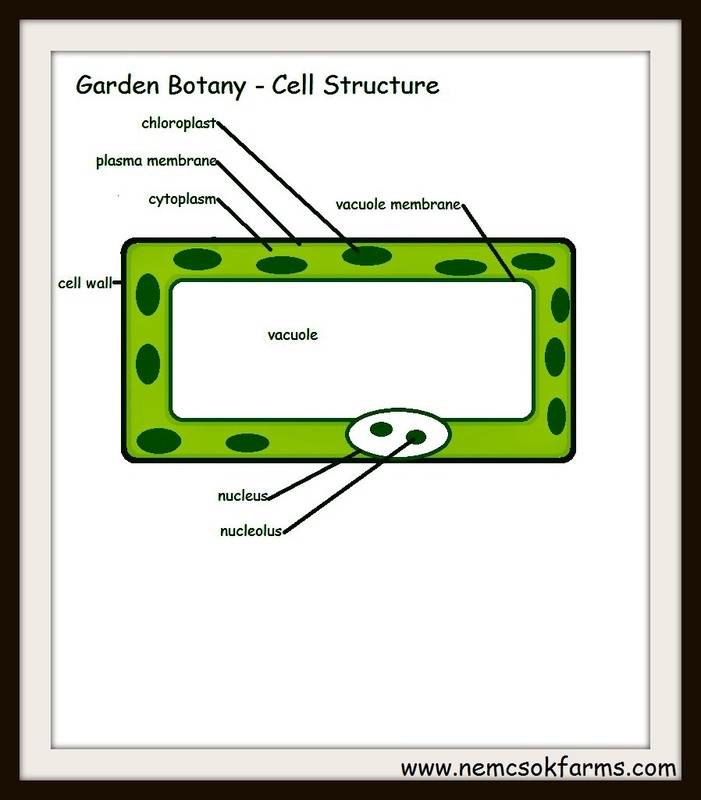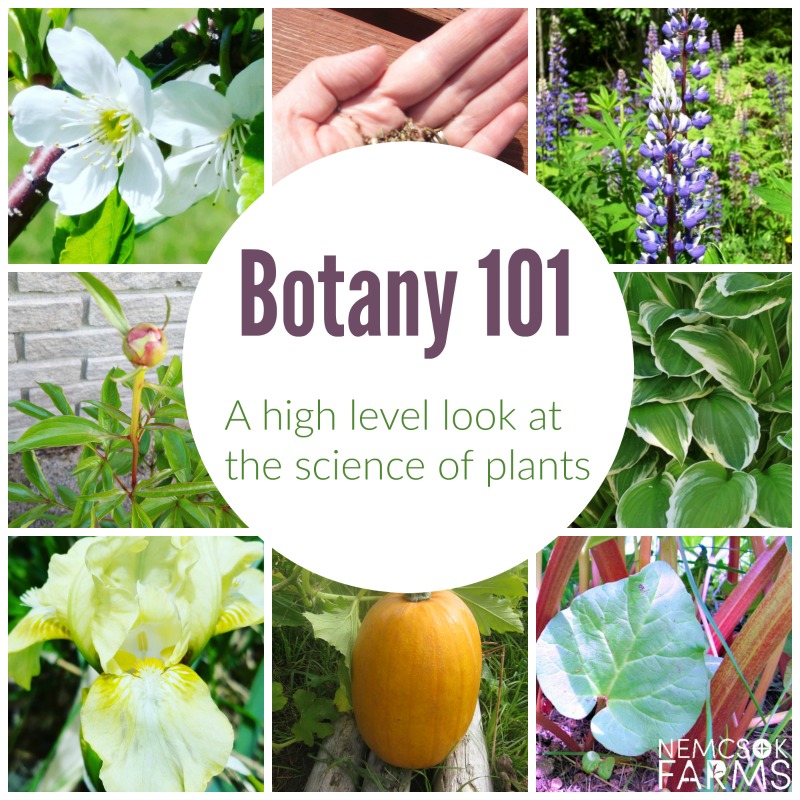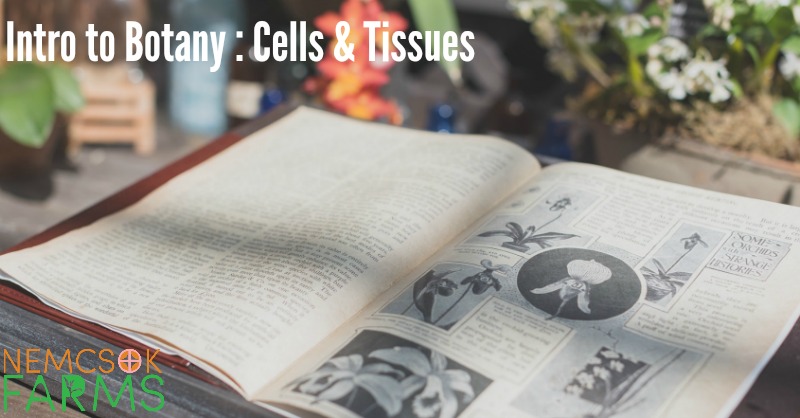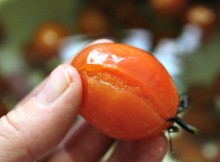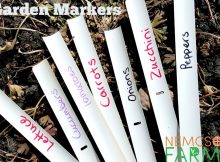While I study to become a master gardener and take a high-level look at some basic botany, I was hoping that some of you might like to geek out with me.
And really, what better place to start than at the beginning?
(This post contains affiliate links for your convenience)
In order to provide the best care to our gardens, it can be really helpful to learn about the plants we are growing, and how they grow. Since we already agreed that the best place to learn anything is from the beggining , let’s take a high-level look at the basic structure of a plant cell.
A General Plant Cell Structure
When we think of plants, we typically conjure up images of leafy greens, beautiful vibrant flowers, sweet fruit and delicious vegetables. There are trees, shrubs, vines, flowers, grasses and so many varieties…. but let’s stop and look at the plants around us, and what exactly it is that they are made of.
Plants are made up of cells, and in general, a plant cell contains eight different parts
- Rigid cell wall
- Plasma membrane
- Cytoplasm
- Chloroplast
- Nucleus
- Nucleolus
- Vacuole membrane
- Vacuole
The skinny on what does what
Cell Wall – allows a plant to have a rigid structure
Plasma Membrane – controls what enters and exits the cell
Vacuole – acts as the storage area
Vacuole Membrane – controls what enters and exits the vacuole
Cytoplasm – the liquid inside the cell
Chloroplast – facilitates photosynthesis
Nucleus – contains the genetic material
Nucleolous – where the genetic material is built
Plant Tissues
The plants’ cells are basically sorted into four different groups, forming plant tissues.
Growth tissues (meristematic) are the areas of cell division where growth takes place, think roots and buds, and shoots.
The exterior tissues (dermal) are the outermost covering tissues, known as epidermis when you are referring to the surfaces of leaves, stems, etc.
The food and water (vascular) tissues are made up of the xylem (water) and phloem (food) conducting cells – which are arranged in columns, carrying water and nutrients throughout the plant.
Lastly, we have the support tissues (ground) which include the cells found between the dermal layers, and these provide support to the plant, and to other cells.
See For Yourself – Botany at home
Grab a magnifying glass and some garden shears and head outside. Find a healthy plant, and give it a good look over with the magnifying glass, noting the leaves, stem, petals and so on. Next, take your shears, and make a horizontal cut across the stem. Use your magnifying glass, and again, look very closely at the cross section of the stem, and make note of what you see, and try to see if you can identify anything. A microscope if you have one is always ideal!
Botany 101 – The Series
Be sure to check out Part 2 – Seeds

